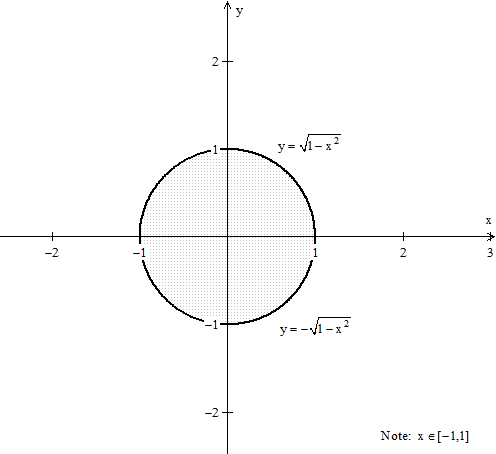Connecting...

This is a quick preview of the lesson. For full access, please Log In or Sign up.
For more information, please see full course syllabus of Multivariable Calculus
For more information, please see full course syllabus of Multivariable Calculus
Multivariable Calculus Surface Integrals
Lecture Description
This video's topic is going to be surface integrals. In the last lesson we introduced the notion of surface area, and now we are just going to add onto that. However, before we discuss surface integrals, we are just going to give one final word regarding surface area, especially with respect to the last problem that we did. We previously defined two types of line integrals. We did the integral of a function over a curve and we also did the integral of the vector field over a curve. Now we are going to do the same for surfaces - we are just going to move one dimension up.
Bookmark & Share
Embed
Share this knowledge with your friends!
Copy & Paste this embed code into your website’s HTML
Please ensure that your website editor is in text mode when you paste the code.(In Wordpress, the mode button is on the top right corner.)
×
Since this lesson is not free, only the preview will appear on your website.
- - Allow users to view the embedded video in full-size.
Next Lecture
Previous Lecture










































 Answer Engine
Answer Engine




1 answer
Wed May 11, 2016 3:29 AM
Post by Tram T on May 7, 2016
Dear prof, Hovasapian,
So vector F dot with vector N is the "component" of vector F along the direction of vector N.
1/It was said that because vector N is not unit vector so F.N is not really "component" of vector F on N, but it is still the component is it?
2/Is F.N with N not being unit vector make the component of F on N longer or shorter in length compared to F dot unit vector n?
3/ What is the differenc of 2 vectors dotted with each other in the case of one vector being unit vector and in the case of no unit vector?
Thank you!!!
1 answer
Sun May 26, 2013 11:48 PM
Post by Josh Winfield on May 26, 2013
In example 3 Raffi why when you take the composite function is it sin(y) not sin(y^2)?
1 answer
Last reply by: Josh Winfield
Sun May 26, 2013 9:31 PM
Post by Hector Herrera on May 11, 2013
Hello, first of all, thanks for the vid lectures. They are a big help when I have to miss lecture.
It is not a big deal but I think you may have forgotten the negative in front of cos(theta) for the solution to the cross product of dP/dt x dP/d(theta). 27:00
I believe it should be: note m = theta for simplicity
dP/dt x dP/dm = <sin(m), -cos(m), t>